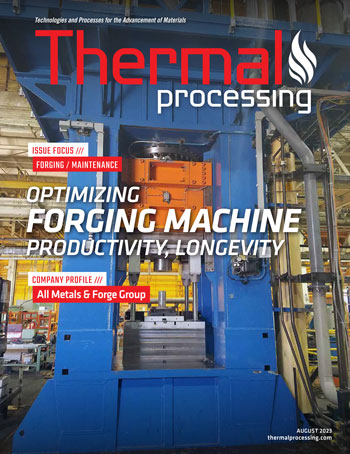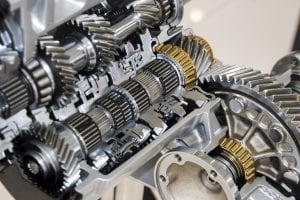Forging is a manufacturing process that has come a long way in the last century. In simple terms, forging is a process of shaping metal with the use of heat and pressure. When alloys are forged, parameters such as temperatures, processes, thermal cycles, and machines are changed to meet the demands.
These forged parts are extremely durable and resilient to use as components in various industries such as aerospace. With the advancements in the aerospace industry, the requirements have become complex. The developed components are trusted to be more efficient with the process of forging.
The enhanced material technology amalgamated with computer modeling techniques is extensively used in making forged aerospace equipment. These are the superior engineered products that ensure the safety of the flight.
Benefits of aerospace forging
The prominent benefit of using forging applications in the aerospace industry is that components can be far more durable and stronger than the components manufactured using bar stock and casting.
Moreover, the aerospace forging market has expanded because of impeccable technical expertise in providing reliable components. Some of the components in high demand in the aerospace forging market can be seen in Table 1 and Figure 1.
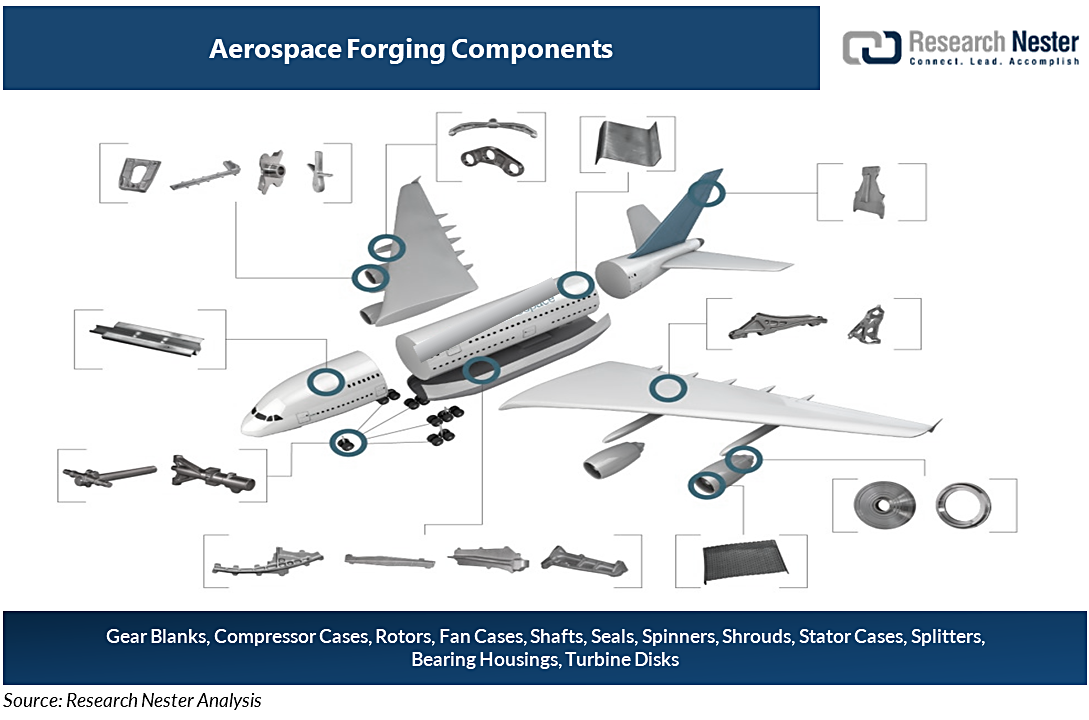

Various companies are harnessing benefits from the huge demand from the users and rendering a good user experience. The imperative features of these companies include:
- Reliable technical expertise.
- First article development capabilities.
- Risk management and prior scheduling.
- Customized service and flexibility in shapes, sizes, and quantities.
- Reliable certifications and accreditations.
- On-site capabilities for saw cutting and die sinking.
- Facilities for closed die forging to meet high-performance specifications.
Aerospace forging materials
There are approximately 300 alloys and grades used by the companies to make prompt deliveries of high-quality products. The examples of forging alloys are titanium, Inconel, stainless steel, and brass alloys/copper.
Aerospace forging market analysis
The aerospace forging market size is anticipated to reach approximately $50 billion by 2035 by thriving at a CAGR of 8.1 percent over the forecast period. Additionally, in 2022, the market size of aerospace forging was evaluated to be $30 billion.
The growth of the market can be attributed to various factors (Figure 2) such as:
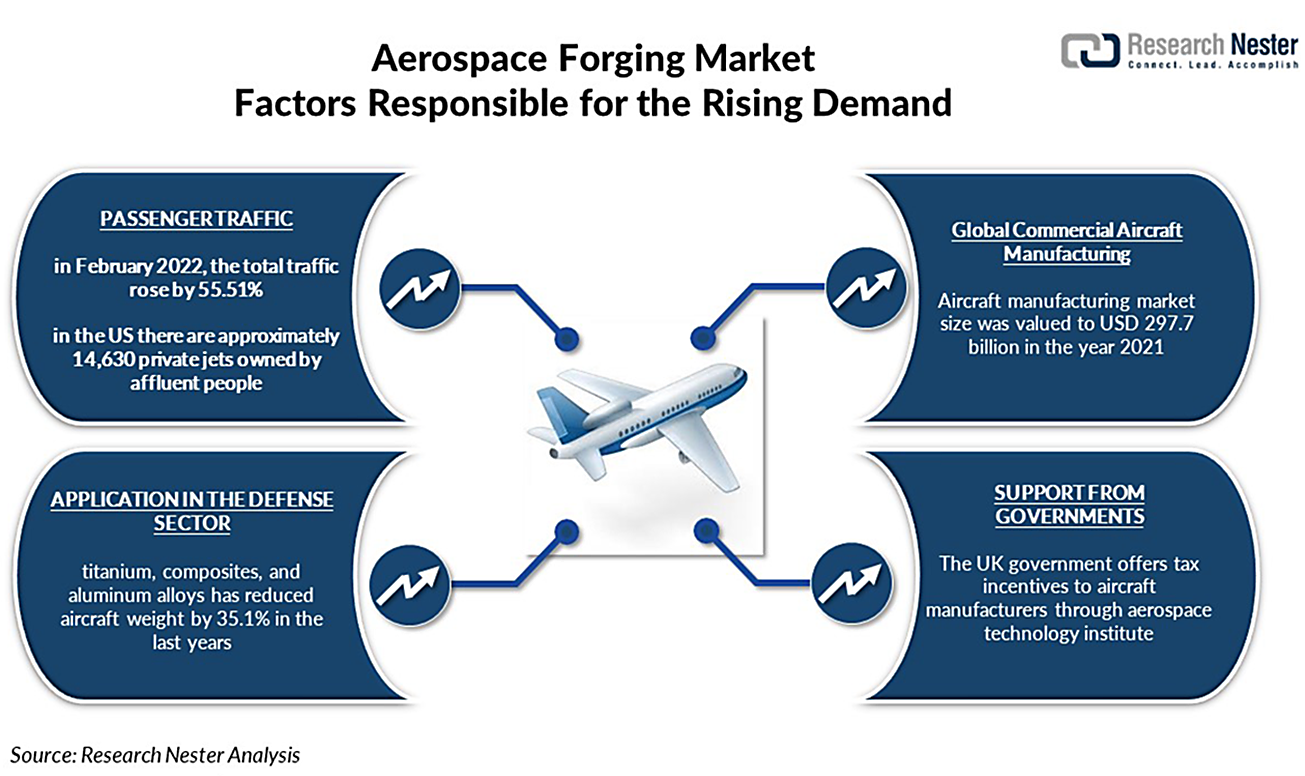
Rising passenger traffic: According to a study done by Research Nester, in February 2022, the total traffic rose by 55.51 percent. The disposable income of people is rising since their travel expenses are also rising. Additionally, people are willing to invest more in travel, particularly air travel. Moreover, forged aerospace equipment is also applied in making charted planes. A study conducted by Research Nester reveals that in the U.S. there are approximately 14,630 private jets. The number is expected to grow further in the future, which will lead to a flourishing aerospace forging market.
Growing application in the defense sector: The defense and aerospace industries are interrelated and work closely together. The Aerospace Industry Association reports the use of advanced materials such as titanium, composites, and aluminum alloys has reduced aircraft weight by 35.1 percent in the recent years.
Increasing global commercial aircraft manufacturing: The aircraft manufacturing market size was valued to $297.7 billion in 2021. There is a rise in demand for cargo services coupled with increasing trade among the nations. On the backend, the demand for forged aerospace equipment is continuously rising.
Rising support from governments: Various governments from all over the world are rendering incentives to aircraft manufacturers to give support to their research-and-development efforts. These incentives are helpful in bringing down the costs of R&D for aircraft manufacturers. For example, the U.K. government offers tax incentives to aircraft manufacturers through the Aerospace Technology Institute. This institute supports the company through funding and renders tax credits to companies that help companies develop advanced technologies.
Regional synopsis
The market in North American region is anticipated to witness the highest growth over the forecast period. The reason for the growth can be attributed to the presence of major manufacturers of aerospace and aircraft components in the region. Other than this, the aerospace forging market in North America is directly linked to the growth of the aerospace industry. The U.S. aerospace and defense industry reported revenue of $741 billion in 2022.
The Asia Pacific region is also expected to offer lucrative opportunities because of expansion in the aerospace industry. According to a study by Research Nester, it has been estimated that in the next 20 years, China is anticipated to deliver more than 8,000 new aircraft.
Europe is also leading in the production of civilian aircraft. The European industry is popular for its aircraft engines, components, parts, and helicopters. This has caused a rising demand for forged aerospace components. (Figure 3)
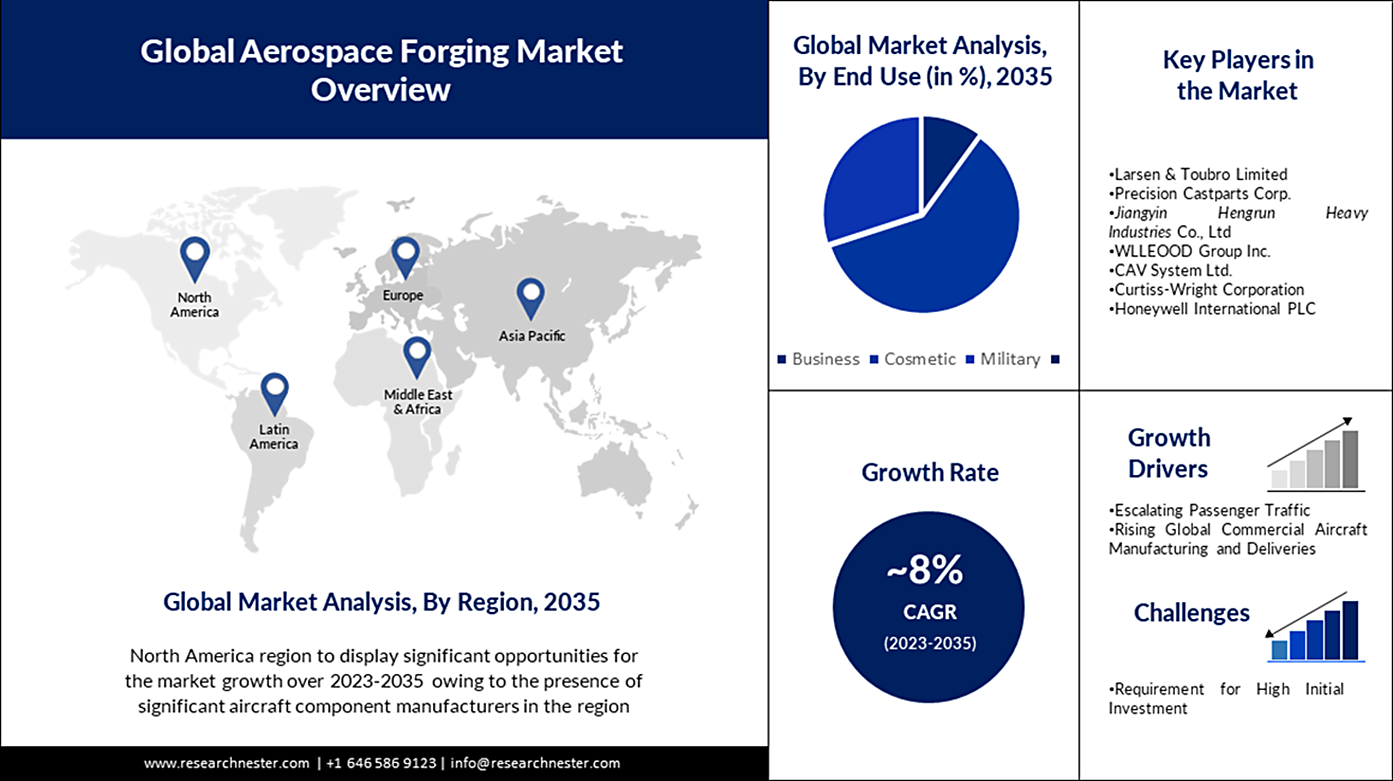
In a nutshell
The aerospace forging market holds numerous future opportunities. The market is profit-bearing for investors, and several avenues for growth are possible. But before taking that plunge, it is necessary to understand the nitty gritty of the market.
There are various companies that are giving support to budding market players as well as leading market players. They have expertise with various prominent parameters of the market arena such as regional analysis, challenges, etc. Knowing these factors helps in creating profitable avenues. Getting a brief prior knowledge about these challenges can help in fabricating strategies for the business. Moreover, getting a brief regional analysis helps in knowing which region is offering lucrative opportunities for growth.
Source: www.researchnester.com/reports/aerospace-forging-market/4104













